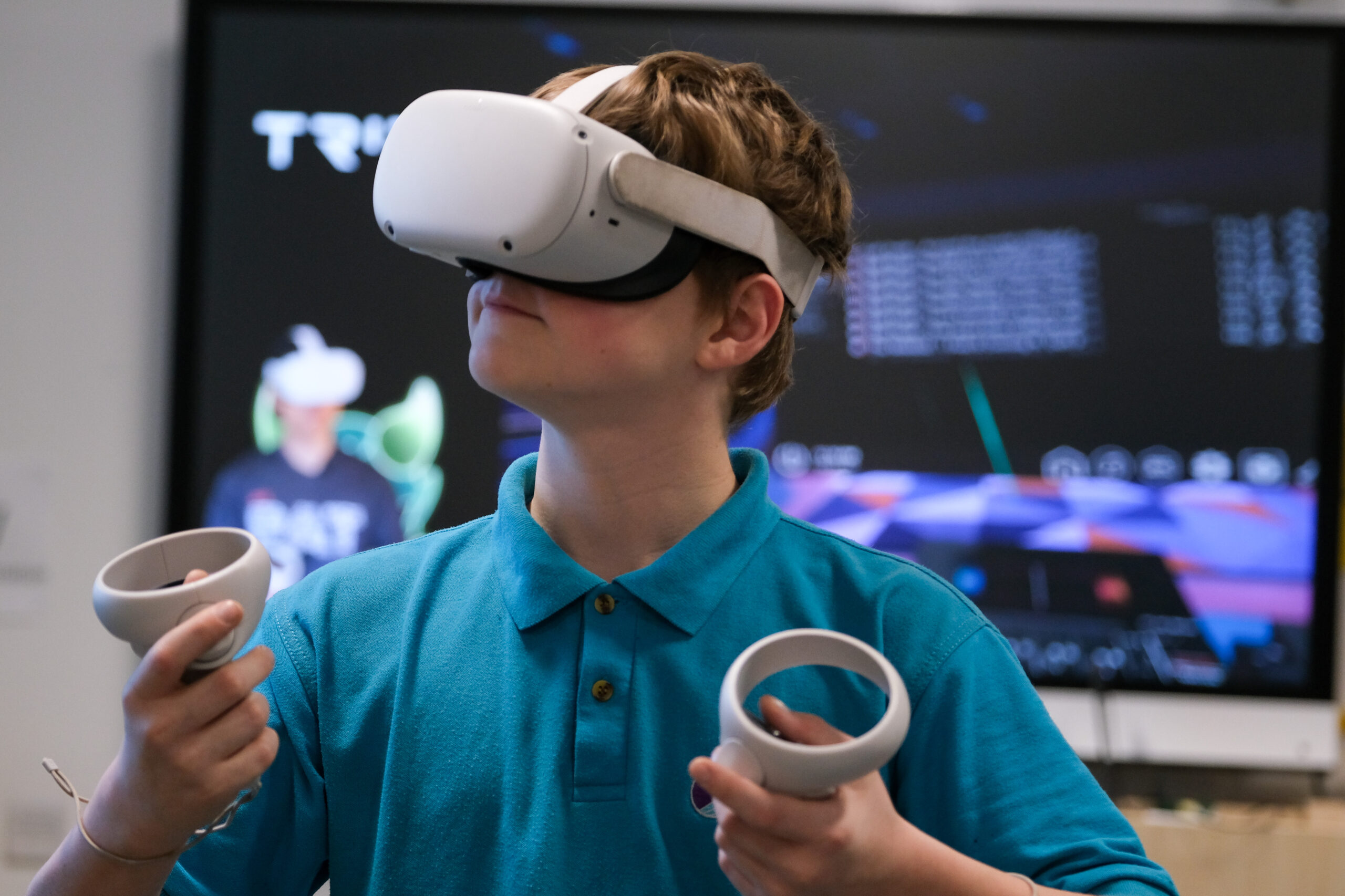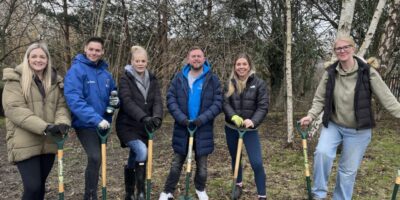By Scott McHale
Technological innovations are all around us, changing our day to day life. Over the past few years, I’ve come to rely on Alexa to set timers and tell me the weather, my watch to track my footsteps and show me if I’m allowed that extra piece of chocolate or not and even my lights are voice activated. Each bit of this is designed to make our lives just that little bit easier, so to me, it always made sense that I extended that to my teaching.
“The question is no longer whether technology should have a place in the classroom, but how technology can most effectively be integrated” (EEF 2021).
I remember first moving from a projector to a SMART board. It changed the dynamics of my teaching entirely. Children were able to come up and reliably participate in the lesson. It changed from me presenting a set of slides, to children being active participants in the lesson.
A year ago, I read a document produced by the Education Endowment Foundation. This report discussed the research that had taken place into discovering the effective nature of using technology in the classrooms beyond the SMART board and visualiser. They broke the use of technology down into four areas:
1) Purpose
2) Modelling & Explanations
3) Improving pupil practice
4) Upgrading assessment
Each one of these areas could have a blog of their own, but let me explain how each one had taken their spotlight in my journey, starting with purpose. I always knew I wanted to use technology within my classroom but there is so much out there that you have to stop and think ‘why?’ Implementing new technology has to add to the classroom. For me it was simple – add Chromebooks and cast my screen so that all children can see my slides in front of them. Use Google Classroom so that all children would have access to the resources at their own pace.
Then modelling and improvement of pupil practice came with this. Now I could model and ensure everyone could see what I was doing. I could ask children to model on their screen and it would cast it to mine. I could use polls, Jamboards and Google Docs collaboratively to ensure that each child had the explanation at their fingertips. Technology became a way for me to level the playing field just a little more for my less able, as well as helping those that were able to move forward to accelerate their learning.
The last piece of the puzzle for me was using technology to assess. I wanted something that took workload away, not added to the day to day grind of a teacher. That’s where low stakes quizzing came in. Sites like Blooket, Kahoot, Timestable Rockstars all became tools for me to use when needed. Each calculated who needed what for their next steps and many of them adapted the site for the child – amazing!
Technology has always been a tool that has helped me push the teaching and learning within my classroom. Give it a try but remember, always start with the why.













